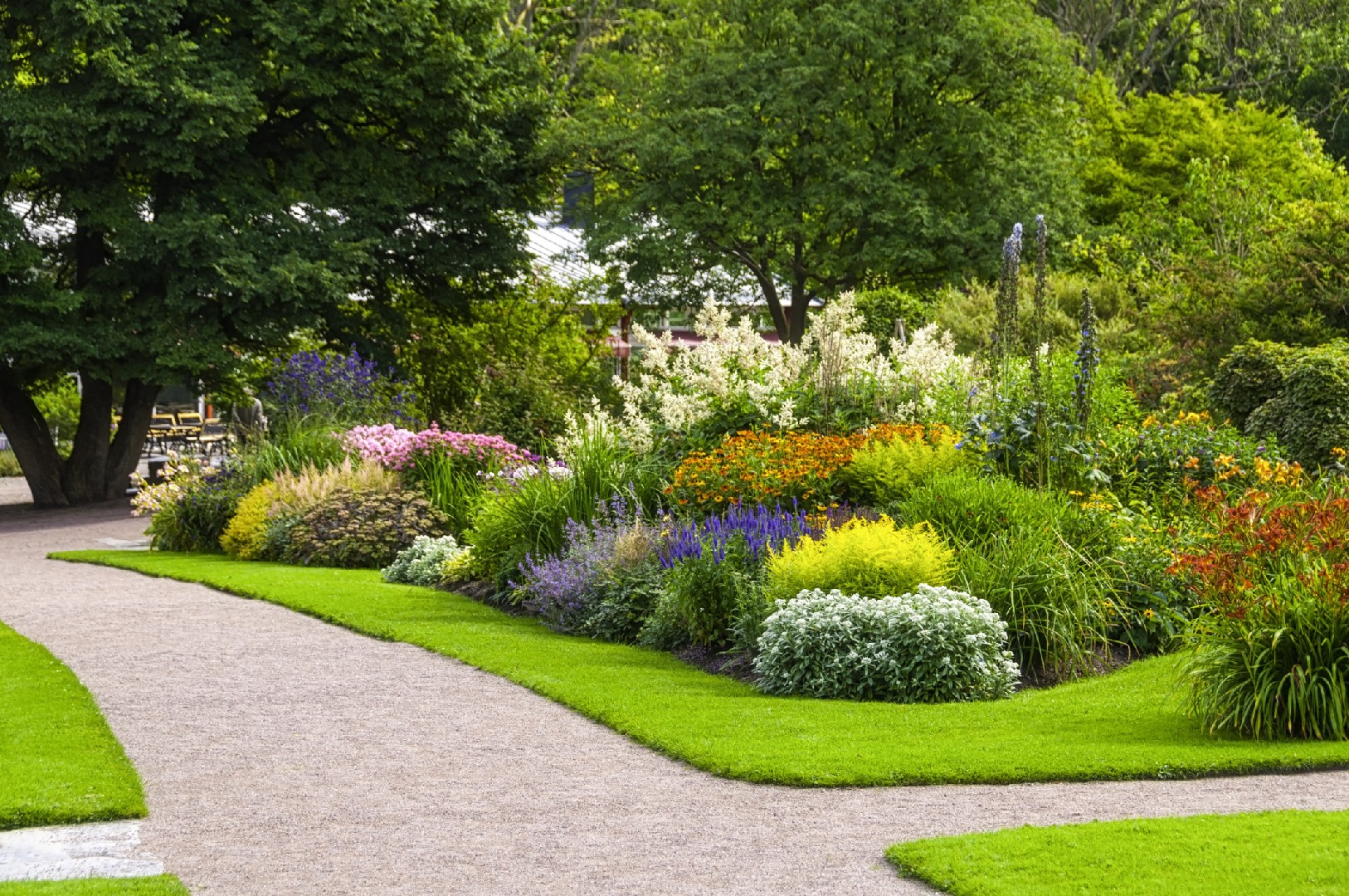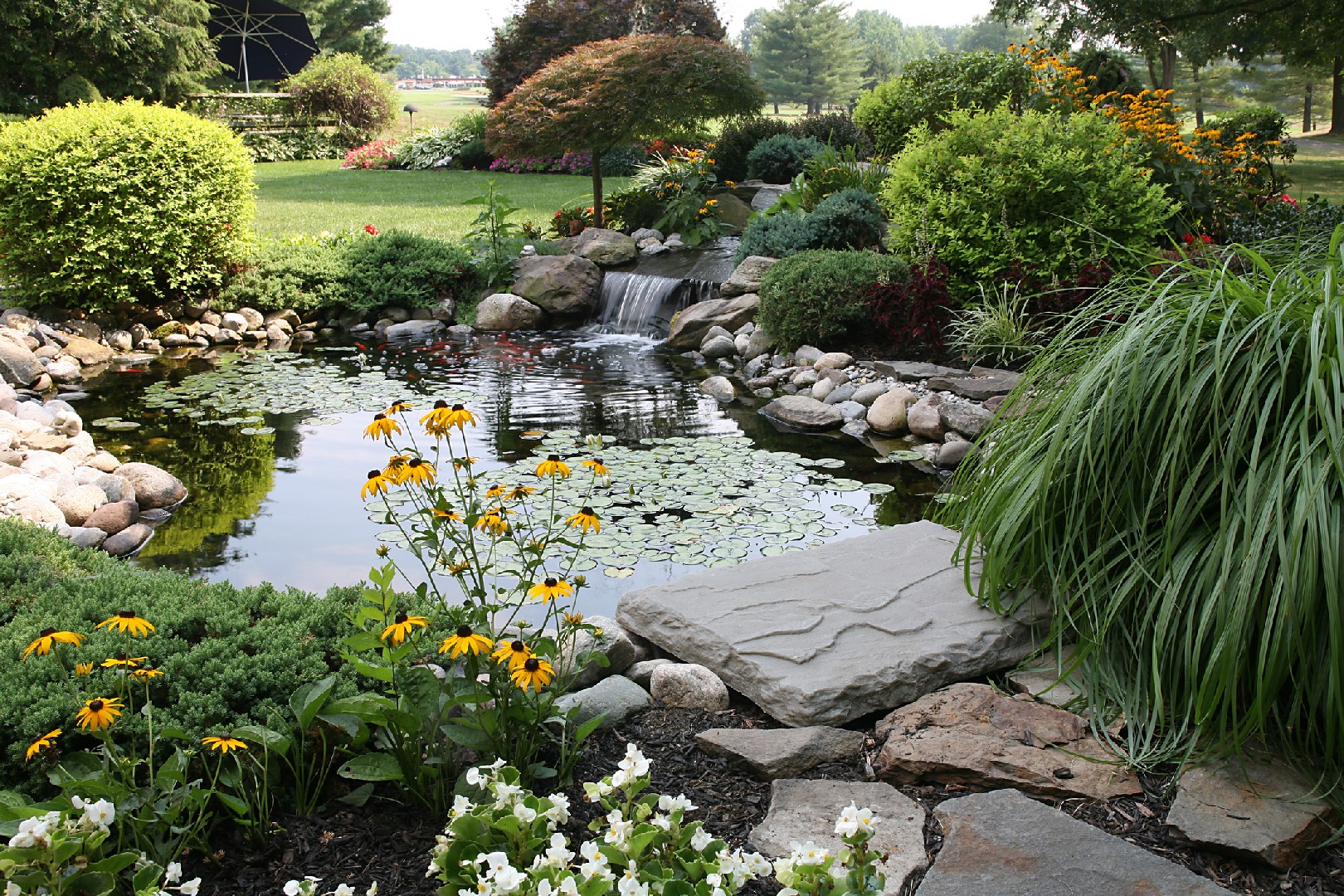![Rectangle]()
Harmony: The Lifeline of Landscape Design
In the world of landscape design, harmony is not just a desirable outcome; it is the essence that breathes life into outdoor spaces. It is the delicate balance between contrasting elements, repetition, and unity that creates a harmonious and visually appealing garden. Harmony is what transforms a collection of plants and structures into a cohesive and captivating landscape.
When we talk about harmony in landscape design, we are referring to the interplay of different elements in a way that creates a sense of unity and balance. Contrasts, repetition, and unity are the key ingredients that contribute to achieving harmony in outdoor spaces.
Contrasts add excitement and interest to a garden by juxtaposing different elements. For example, pairing tall, spiky plants with low, mounded flowers creates a visual contrast that draws the eye. Similarly, combining rough, textured stones with smooth, flowing water features creates a satisfying contrast that adds depth to the overall design. By carefully selecting and balancing contrasting elements, you can create a garden that is visually stimulating and harmonious.
Repetition is another powerful tool that can help create a sense of harmony in a garden. By repeating certain elements, such as colors, shapes, or materials, you can establish a rhythm that maintains a gradual, comfortable pace. For instance, planting rows of the same type of flowers along a pathway creates a pleasing repetition that guides the eye and creates a sense of order. Repetition not only adds visual interest but also brings a sense of unity and cohesiveness to the overall design.
The 'rule of thirds' is a valuable concept in landscape design that can be used to create visual tension and interest. According to this rule, the space in a garden should be divided into three equal parts, both horizontally and vertically. By placing key elements or focal points along these lines or their intersections, you can create a visually pleasing composition that engages the viewer. For example, placing a seating area at the intersection of two imaginary lines can create a focal point that draws people into the space and adds a dynamic element to the garden.
To achieve harmony in your garden, it is essential to assess the overall design and identify opportunities for contrasts, repetition, and the application of the rule of thirds. By carefully considering these principles, you can create a landscape that is not only visually pleasing but also functional and harmonious.
In conclusion, harmony is the lifeline of landscape design. It is the fusion of contrasts, repetition, and unity that brings a garden to life. By understanding and applying these principles, you can create an outdoor space that is not only visually appealing but also harmonious and inspiring. So, next time you step into your garden, take a moment to observe and assess its harmony, and make any necessary adjustments to create the perfect balance in your outdoor oasis.





